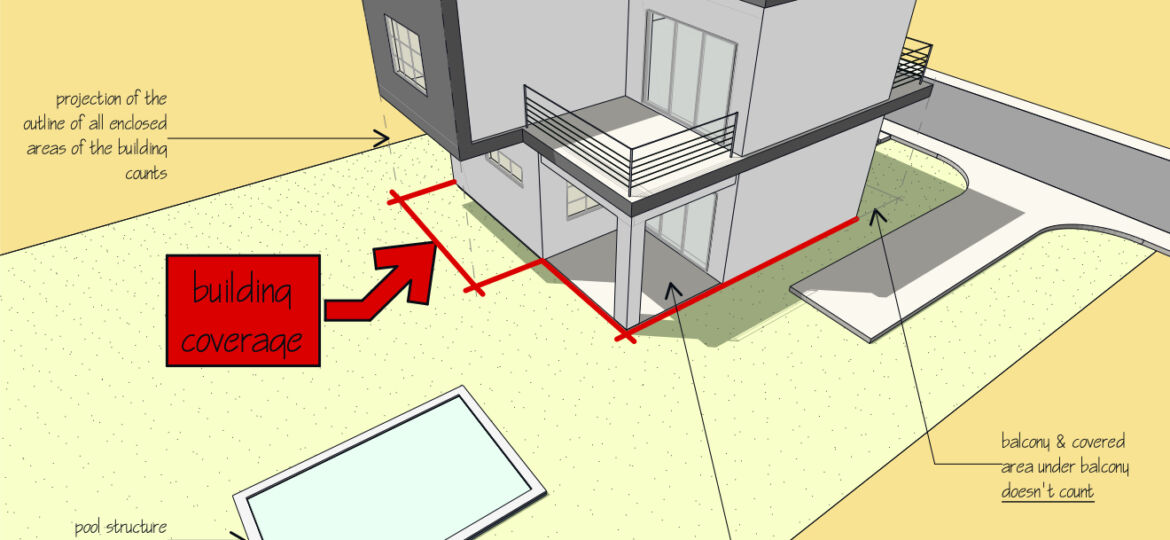You found the perfect plot in a beautiful Greek village — olive groves, sea breezes, and traditional charm. Before you start planning your dream home, it’s important to understand the building regulations that apply to plots within villages (officially called settlements without an official urban plan or pre-1923 settlements).
Here’s everything you need to know.
Plot Suitability (Αρτιότητα)
Not every plot is immediately ready for construction. In Greece, for a plot to be buildable in a settlement, it must meet minimum criteria:
Plot sizes typically range from 300 sq.m. to 2,000 sq.m. for building rights.
Road access is required. The plot must directly touch a public road.
In some cases, older plots are granted exceptions if they were legally established before certain regulations came into force.
How Much Can You Build? (Δόμηση)
How much you can build is determined by the Building Factor (Συντελεστής Δόμησης – Σ.Δ.), which depends on your plot size:
Plots up to 200 sq.m.: Building Factor = 1.2
Plots 200–300 sq.m.: Building Factor = 1.0
Plots 300–2,000 sq.m.: Building Factor = 0.8
Plots over 2,000 sq.m.: A special formula applies:
Buildable area = 400 sq.m. + (extra plot area × 0.05)
In practice:
Smaller plots allow higher density, while larger plots offer more open space and lower building density.
How Much Land Can You Cover?
The Coverage Ratio controls how much of the land you can build on:
Standard maximum coverage is 60% of the plot.
For plots smaller than 200 sq.m., coverage may increase up to 80%.
If a plot cannot achieve 120 sq.m. of building within the regular coverage rules, it can reach up to 70% coverage.
Heights, Setbacks, and Other Rules
-
Maximum building height: 8.5 meters for the main structure.
-
Additional height for pitched roofs: Up to 1.5 meters more.
-
New buildings should align with traditional building lines where they exist.
-
Setbacks are typically 2.5 to 5 meters from plot boundaries.
-
Building should not dominate roads or neighboring structures but integrate naturally with them.
This ensures new constructions maintain the traditional low-profile skyline typical of Greek villages & proper placement safeguards the coherent and authentic appearance of Greek villages.
Mandatory Roof (Pitched Roof)
-
Houses must be covered with a pitched roof — flat roofs are not typically permitted unless explicitly allowed.
-
Roofing must use traditional materials, typically Byzantine-style clay tiles.
This preserves the historical and cultural appearance of the settlements.
Building Volumes and Architectural Layouts
The design of houses in villages must:
-
Combine one-story and two-story volumes harmoniously.
-
Avoid large, uninterrupted masses of construction.
-
Respect the natural slope of the ground and avoid excessive earthworks.
-
Allow for open uncovered spaces such as gardens and courtyards.
Prohibited Structures and Practices
Certain practices are forbidden to protect the traditional character:
-
Pilotis (Πυλωτή): Open ground floors on columns are prohibited for housing in villages.
-
Agricultural warehouses and heavy storage units are not permitted inside settlements — they must be built outside the village boundaries.
These measures prevent the visual and functional degradation of the village environment.
Good design blends your home into the landscape, rather than imposing upon it.
Special Zones and Additional Approvals
If your plot is located:
Within a traditional settlement,
Close to an archaeological site, or
Within 100 meters of the coastline,
additional approvals will be necessary from authorities such as:
The Archaeological Service,
The Local Architectural Committee, and/or
The Coastal Authority.
These approvals can affect the design, size, and timeline of your project.
Final Thoughts
Building a house in a Greek village is a unique opportunity to be part of Greece’s living history. Respecting traditional rules for height, volume, design, and materials ensures that new homes enhance — rather than disrupt — the charm and authenticity of these beautiful places.
Need to evaluate your (or a) property you’re considering buying, to better understand its building potential? Our Property Evaluation Services can help, learn more about this service here
Have more questions about building in a Greek village? Drop them in the comments

